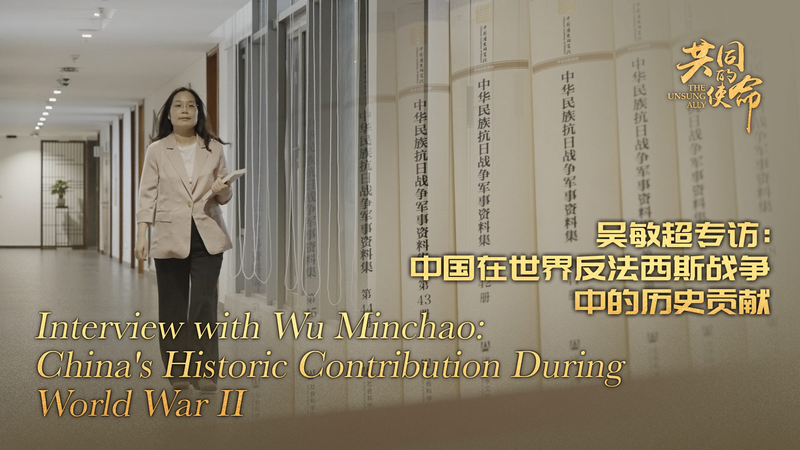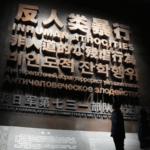In the crucible of 1940, as Japanese forces tightened their grip on northern China, a daring counteroffensive emerged that would reshape the War of Resistance Against Japanese Aggression. The Hundred-Regiment Campaign, orchestrated by the Eighth Route Army under Communist leadership, mobilized over 400,000 troops and local militia in a sprawling network of coordinated attacks.
For 105 days, resistance forces severed critical railway arteries like the Zhengtai Line – the lifeline for Japan's coal and steel operations – through 800+ strategic strikes. Bridges collapsed, mines were disabled, and supply routes disintegrated under the campaign's 'broken jaw' tactics. Japanese military records later acknowledged over 20,000 casualties, with vital industrial output plummeting by 75% in key occupied zones.
Beyond its military impact, the operation became a social catalyst. 'This wasn't just soldiers fighting – entire villages helped sabotage tracks and gather intelligence,' explains military historian Dr. Liang Wei. The campaign strengthened rural resistance bases while exposing vulnerabilities in Japan's 'Three Alls' suppression strategy.
Eight decades later, the campaign remains studied for its blend of guerrilla warfare and mass mobilization. Recent archaeological work along former battle sites continues uncovering artifacts that reveal new dimensions of this complex, multi-front operation.
Reference(s):
cgtn.com








